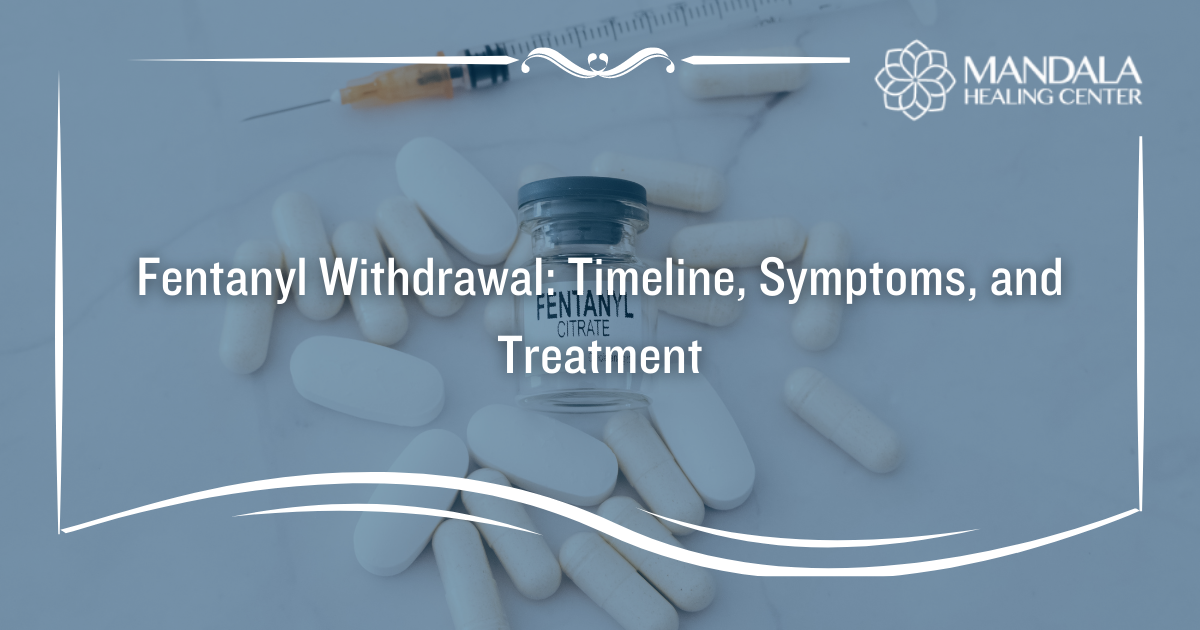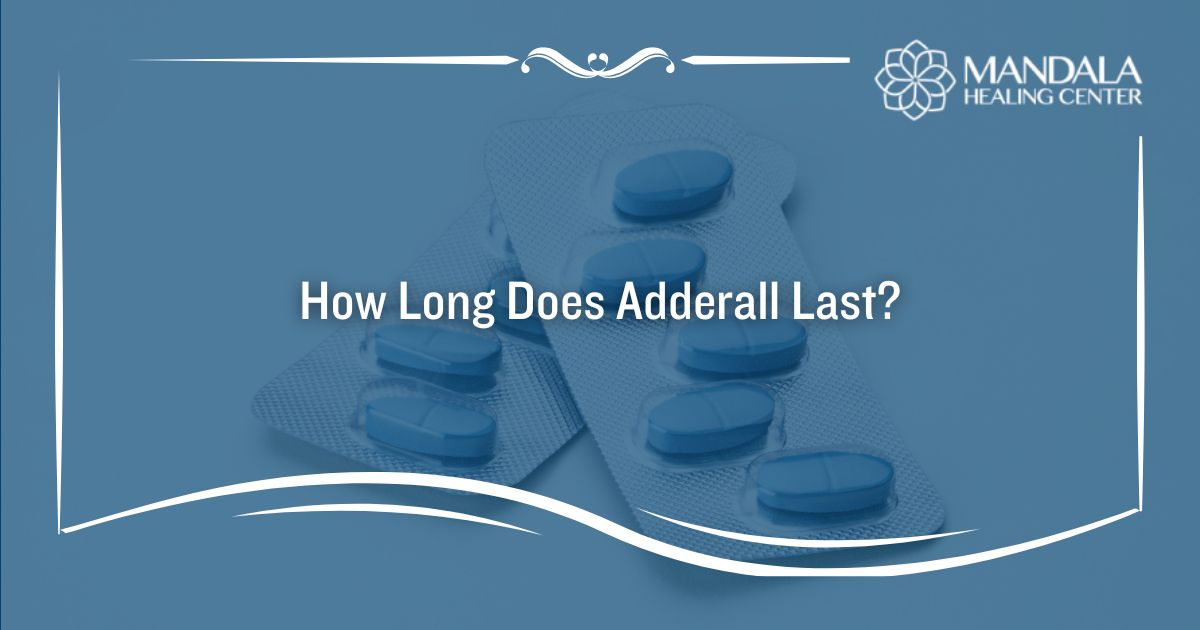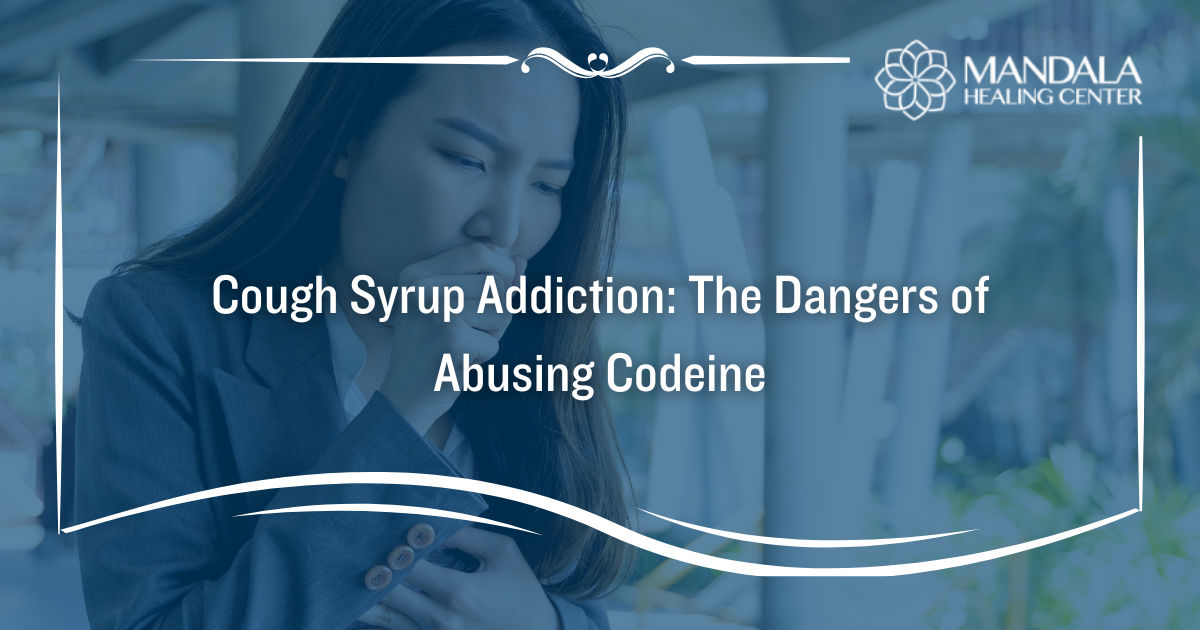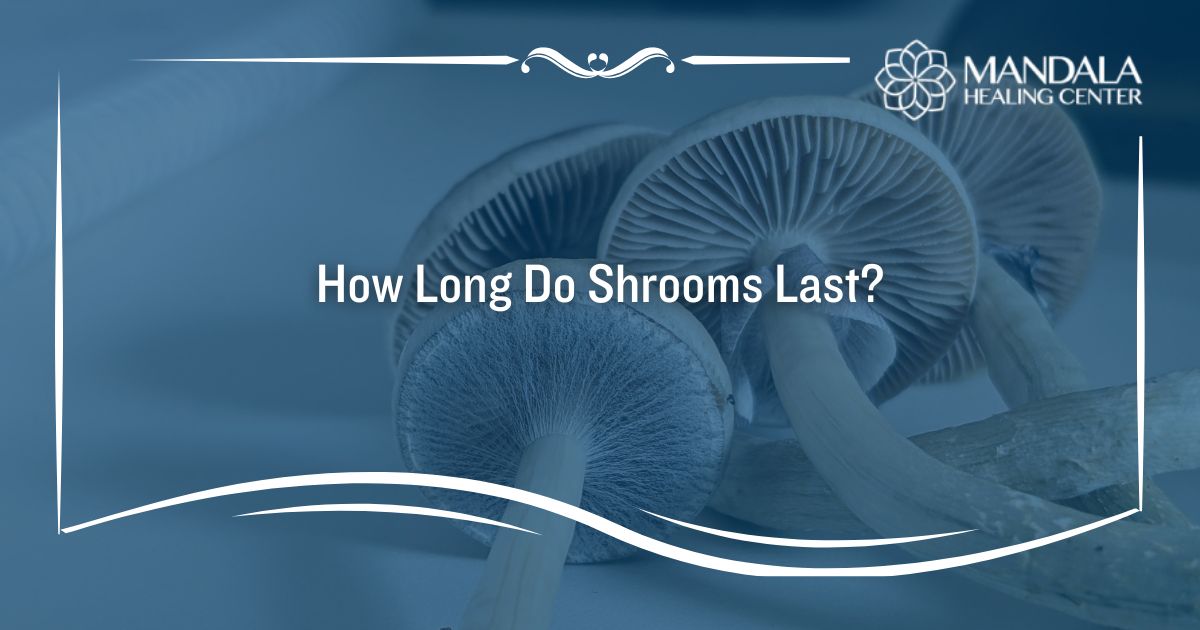Fentanyl is a synthetic opioid drug that is 50 to 100 times more potent than morphine. This drug was created for the treatment of severe and chronic pain. However, fentanyl has made its way into the illegal drug trade. Oftentimes, fentanyl is mixed with other drugs to create a stronger and more addictive high.
Most individuals who come in contact with fentanyl do so accidentally. This is because an array of illicit drugs are laced with fentanyl. For example, heroin, counterfeit opioids, cocaine, and counterfeit Xanax are commonly laced with the drug. This causes individuals to unknowingly consume fentanyl and leads to an alarming amount of accidental overdoses.
According to the Center for Disease Control and Prevention (CDC), “More than 36,000 people died from overdoses involving synthetic opioids in 2019.” A majority of these deaths can be attributed to fentanyl abuse.[1]
Individuals who frequently abuse fentanyl will become dependent on the drug. Because of this, they will require a professional medication-assisted detox program to overcome the fentanyl withdrawal timeline.

What Causes Fentanyl Withdrawal?
When an individual takes fentanyl, their body will begin to experience chemical changes. Opioid drugs affect the brain’s opioid receptors, altering the way the brain’s neurotransmitters function.
If an individual continually uses fentanyl, their brain and body will become dependent on the drug. This causes the brain’s neurotransmitters to rely on the presence of fentanyl for proper functioning. In other words, without fentanyl, the brain will not release neurotransmitters at the normal rate. This is what causes withdrawal symptoms to occur when an individual stops taking the drug.
Fentanyl withdrawal may be mild, moderate, or severe. This all depends on the individual’s genetic makeup, how frequently they abused fentanyl, and how long they were abusing the drug. Because fentanyl withdrawal can become extremely painful and possibly life-threatening, individuals should never attempt to detox at home.
Symptoms of Fentanyl Withdrawal
The symptoms that appear during the fentanyl withdrawal timeline are similar to that of other opioid drugs. However, because fentanyl is more potent, the symptoms may be intensified.
Withdrawal symptoms may include:[2]
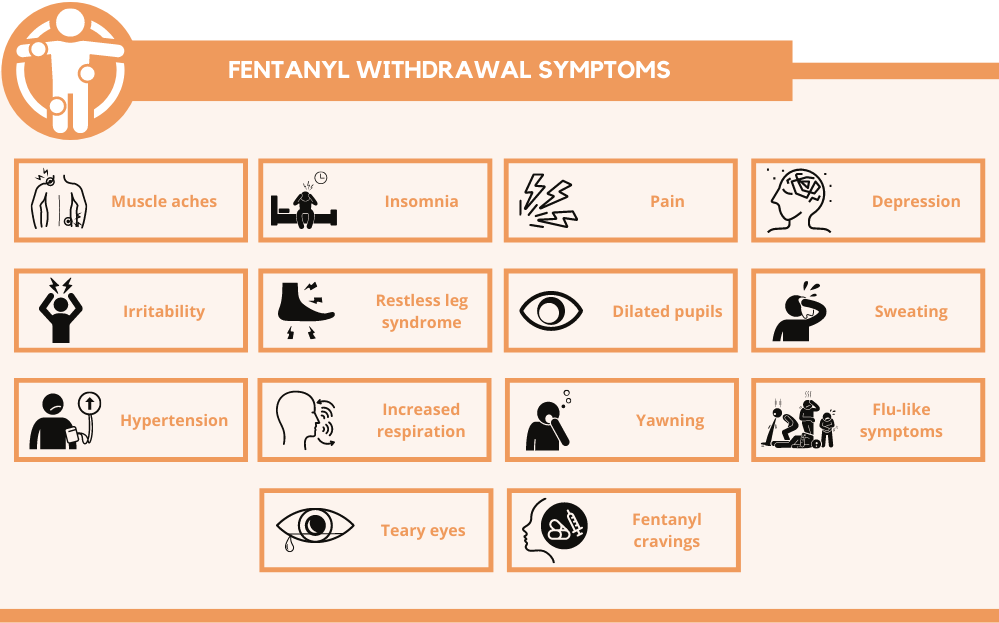
- Muscle aches and bone pain
- Trouble sleeping or insomnia
- High sensitivity to pain
- Feeling depressed
- Irritability or aggression
- Restless leg syndrome
- Dilated pupils
- Sweating
- Elevated heart rate and blood pressure (hypertension)
- Increased respiratory rate
- Yawning
- Flu-like symptoms that include runny nose, fever, chills, nausea, vomiting, and diarrhea
- Teary eyes
- Intense cravings for fentanyl
These symptoms may not appear life-threatening, however, they can lead to the development of concerning health conditions. It’s always recommended to detox from fentanyl in a medical setting under close supervision.
Fentanyl Withdrawal Timeline
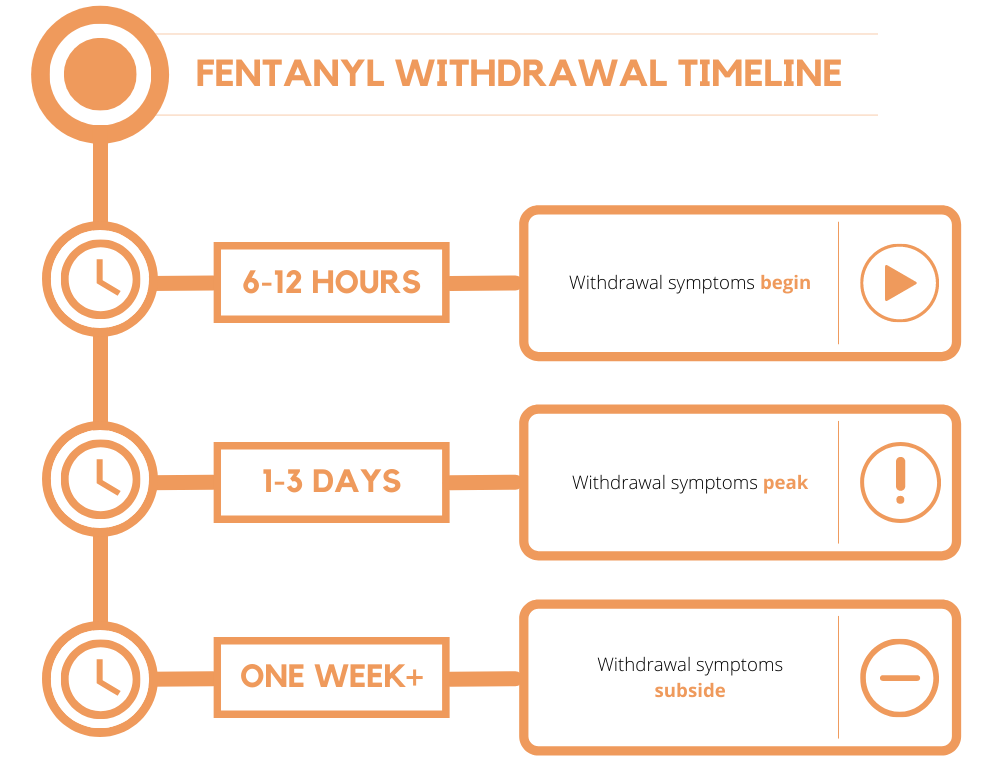
Fentanyl withdrawal typically begins within 6-12 hours of the individual’s last dose. This may vary depending on the type of fentanyl abuse. For example, fentanyl patches are extended-release and the effects may last up to 72 hours. Because of this, the symptoms of fentanyl withdrawal can arise anywhere from 6-30 hours after the individual last used fentanyl.
The symptoms of fentanyl withdrawal will peak somewhere between day 1 to day 3 of detox. This means that the symptoms will be at their worst during this period. Typically, the peak symptoms begin to subside at around one week.
While most symptoms will be gone after a week of detoxification, some individuals experience post-acute withdrawal syndrome (PAWS). Post-acute symptoms may linger on for weeks to months after an individual gets sober.
Some of the symptoms associated with PAWS include:[3]
- Insomnia
- Anxiety
- Anhedonia
- Dysphoria
Fentanyl withdrawal symptoms can be managed with the assistance of a professional medication-assisted detox facility. Trained addiction experts use a combination of FDA-approved medications, medical monitoring, emotional support, and behavioral therapies to help patients overcome the withdrawal stage of recovery.
Factors That Influence the Fentanyl Withdrawal Timeline
While there is a broad timeline associated with fentanyl withdrawal, the exact length of fentanyl withdrawal varies from person to person. Many factors play a role in how long withdrawal will take, including the individual’s family history and genetic makeup.
The factors that influence the fentanyl withdrawal timeline include:
- The dosage an individual was taking
- Method of administration (e.g., patch, injection, smoking, snorting)
- How long the individual was addicted to fentanyl
- Polydrug abuse (whether additional drugs were taken)
- Genetic makeup
- Overall physical health
- Mental health factors (co-occurring disorders)
Medically-Assisted Detox for Fentanyl Abuse
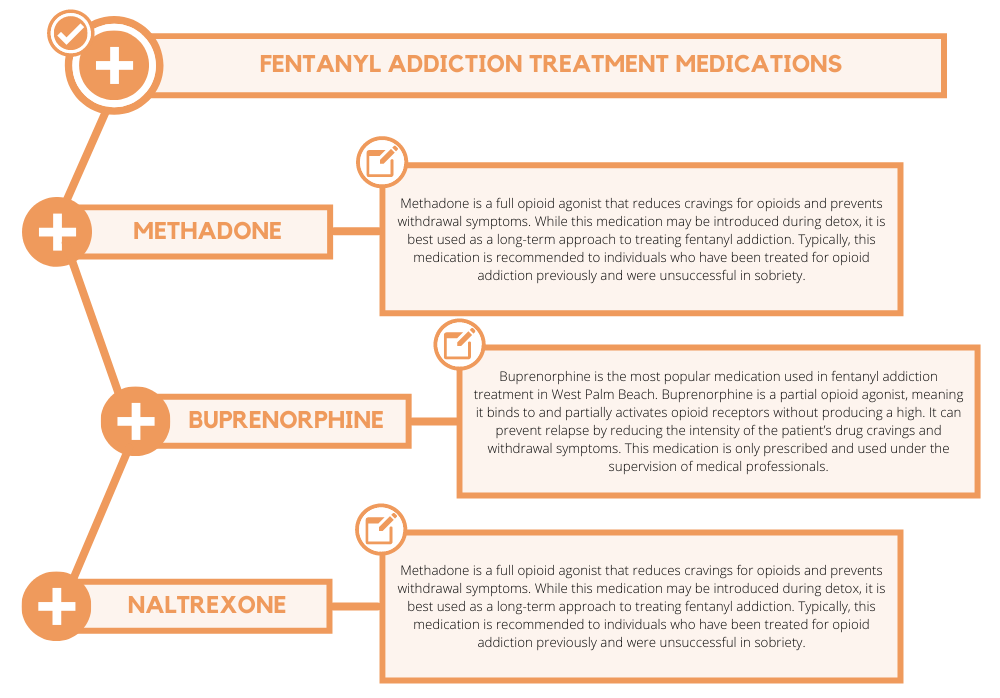
Medically-assisted detox is a process that combines FDA-approved tapering medication and behavioral therapy to help individuals overcome opioid addiction. This form of detox is considered to be the most effective treatment for opioid withdrawal today. The medications used in detox typically include buprenorphine and methadone.
Buprenorphine and methadone are partial opioid agonists that bind to opioid receptors in the brain. This helps treat withdrawal symptoms by tricking the brain into thinking it has received the opioids it wants. In other words, buprenorphine and methadone lessen the symptoms of withdrawal during detox to allow patients to focus on the emotional and psychological aspects of addiction recovery.
Find Help for Fentanyl Abuse and Addiction Today
If you or a loved one struggles with fentanyl use disorder, it’s time to consider attending professional fentanyl addiction treatment. Mandala Healing Center is a comprehensive treatment program that combines evidence-based therapies, FDA-approved medications, and holistic approaches to addiction treatment.
Mandala combines holistic healing with cutting-edge science for maximum effectiveness. We utilize the latest in detox medication to make the process as pain-free as possible. Mandala’s highly trained medical staff specialize in treating addiction, going above and beyond 24 hours a day, 7 days per week, 365 days per year to provide the safest detox possible while minimizing discomfort.
Contact Mandala Healing Center today for more information on our detox and treatment program in West Palm Beach.
References:
- https://www.cdc.gov/opioids/basics/fentanyl.html
- https://medlineplus.gov/ency/article/000949.htm
- https://www.semel.ucla.edu/dual-diagnosis-program/News_and_Resources/PAWS


